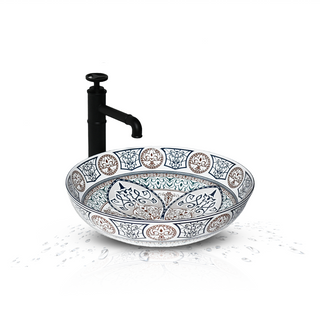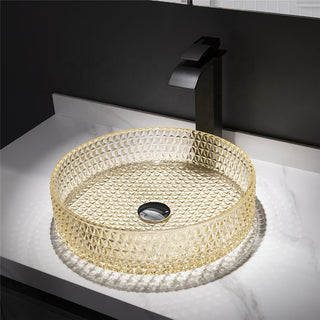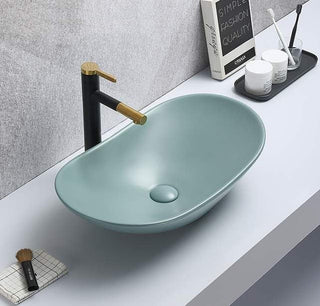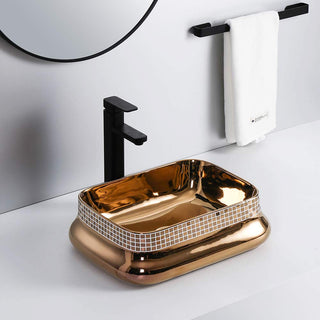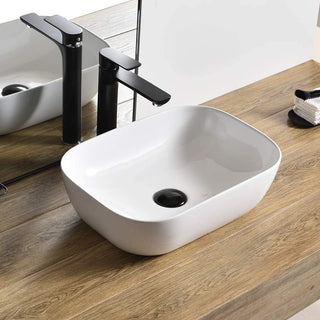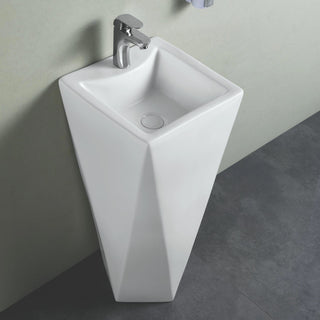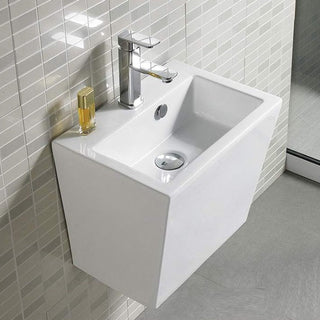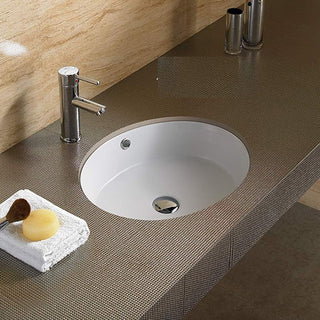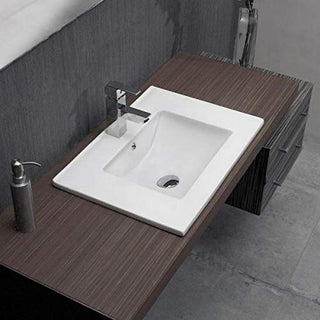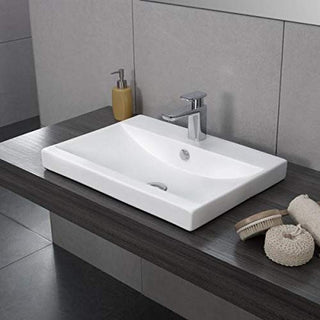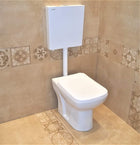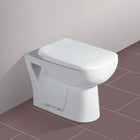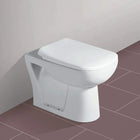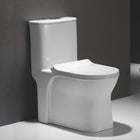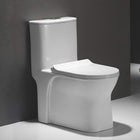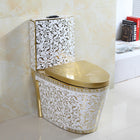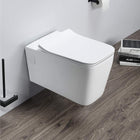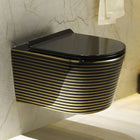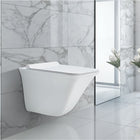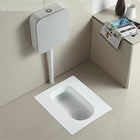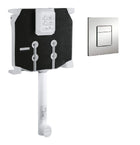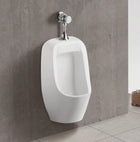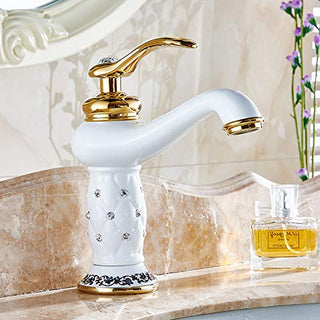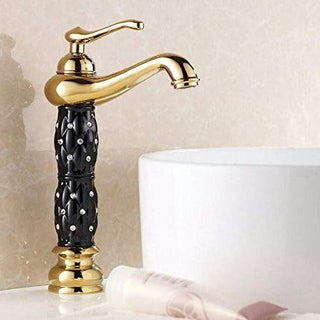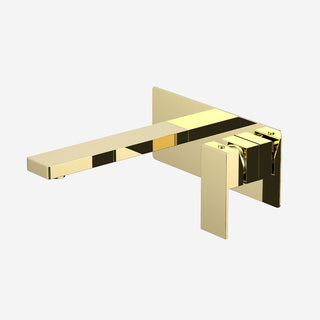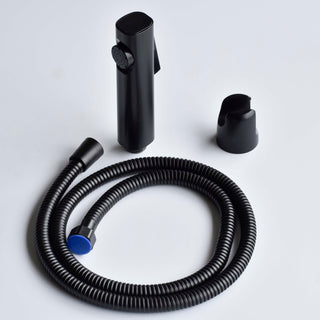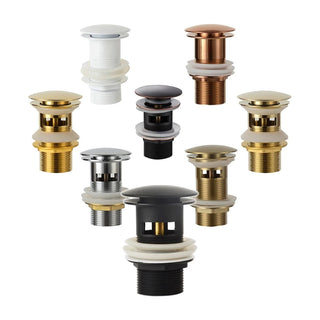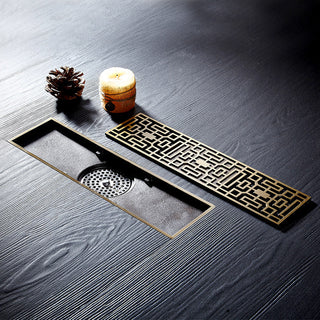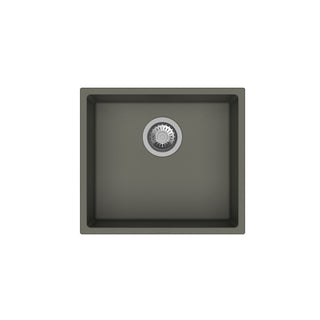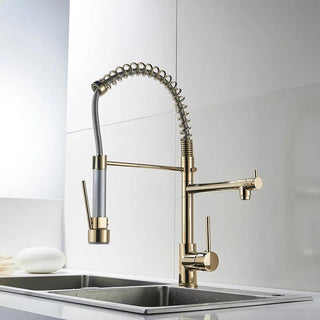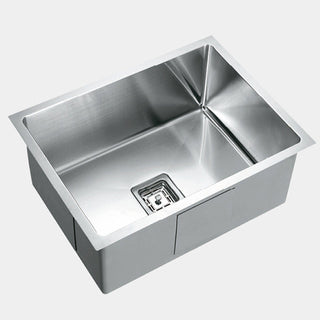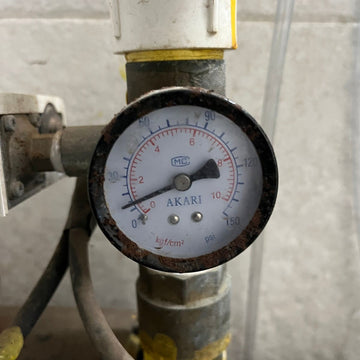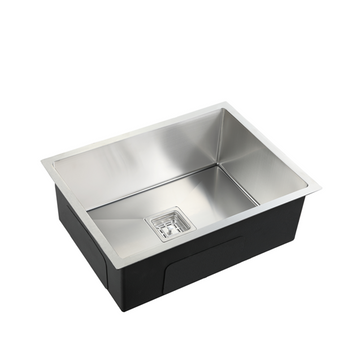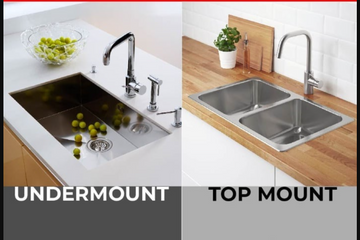Measuring the water pressure in your bathroom is important for ensuring that your fixtures operate efficiently. High or low water pressure can affect everything from your shower experience to how well your appliances work. In this blog post, we'll show you a simple way to measure your water pressure using just a container, some water, and a stopwatch — no special tools required!
Why Does Water Pressure Matter?
Water pressure is measured in PSI (pounds per square inch) and determines the force with which water comes out of your taps and showerheads. If the pressure is too low, you might struggle with weak water flow; if it's too high, it can damage your plumbing over time.
The ideal water pressure for most households is between 45 to 60 PSI. Let’s learn how you can estimate your bathroom water pressure without needing a professional gauge!
Step-by-Step Guide: Measuring Water Pressure with Liters
What You’ll Need:
- A container (bucket, bottle, etc.) with a known volume (e.g., 1 liter or 5 liters).
- A stopwatch (you can use the one on your phone).
- Access to a tap or faucet (or any other bathroom inlet you want to test).
Step 1: Prepare Your Container
Choose a container with a known capacity in liters. Ideally, use one that holds 1 liter or 5 liters. If you’re unsure of the container's capacity, mark it at certain levels using a measuring cup to ensure accuracy.
Step 2: Turn on the Tap
Open your bathroom faucet or showerhead fully to ensure maximum water flow. Make sure the water flow is continuous without any interruptions.
Step 3: Measure the Time
Use your stopwatch to measure how long it takes to fill the container to its known volume.
For example, let’s say you’re using a 1-liter container, and it takes 15 seconds to fill it.
Step 4: Calculate the Flow Rate in Liters Per Minute (L/min)
Now, you can calculate the flow rate using this simple formula:
Flow rate = (60 seconds ÷ Time to fill in seconds) × Container volume in liters
Example:
If it took 15 seconds to fill a 2-liter container, your flow rate calculation would be:
Flow rate = (60 ÷ 15) × 2 = 8 liters per minute (L/min)
Step 5: Estimate Your Water Pressure
Based on the flow rate you calculated, you can now estimate your water pressure:
- 4-6 L/min = Around 15-20 PSI (Low pressure)
- 8-12 L/min = Around 30-40 PSI (Moderate pressure)
- 13-16 L/min = Around 45-60 PSI (Ideal pressure)
- Over 16 L/min = Over 60 PSI (High pressure)
Example Results:
If your calculation shows a flow rate of 8 liters per minute, this suggests your water pressure is around 30-40 PSI, which is moderate.
If you have a higher flow rate, like 16 liters per minute, your water pressure is likely around 60 PSI, which is considered high and ideal for most households.
Why This Method Works
This simple method works because water flow is directly related to pressure. The faster water flows out of your faucet, the higher the pressure pushing it. While this method isn’t as precise as using a professional gauge, it gives you a good ballpark estimate of your water pressure.
When to Call a Plumber
If your water pressure is too low (below 30 PSI) or too high (above 80 PSI), it’s a good idea to call a plumber. Low pressure can make using fixtures difficult, while high pressure can cause damage to pipes and appliances over time.
Final Thoughts
With just a container and a stopwatch, you can easily estimate the water pressure in your bathroom inlets. Regularly checking your water pressure can help you avoid costly repairs and ensure that your plumbing fixtures function optimally. If you’re unsure or want more accurate readings, consider investing in a pressure gauge or consulting a professional.
We hope you found this guide helpful! Feel free to explore our shower panels collection to find products that will work perfectly, no matter your home’s water pressure.
